Choosing a stationary blender: the principle of operation and specifications
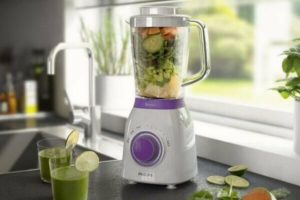 The question of choosing a stationary blender is relevant for those wishing to equip the kitchen in a modern style.
The question of choosing a stationary blender is relevant for those wishing to equip the kitchen in a modern style.
This device is a worthy competitor to the immersion variety, having received increased power and multifunctionality.
There are several basic criteria that allow you to make the best choice taking into account the need and financial capabilities.
Contents
What is a stationary blender, why do we need it and how it works
In general, a blender is an electric, kitchen apparatus for chopping, whipping and mixing various products. Stationary version is a bowl (jug), installed on a stable base with a cutting, working element inside..
It is designed for cooking certain dishes without direct human involvement in the process. In other words, the hostess only needs to put the ingredients into the container, set the desired program and turn on the device. The process is carried out in automatic mode.
The principle of operation of the device is as follows. In the base there is an electric motor, the drive shaft of which is led vertically upwards. A container (usually in the form of a jug or a bowl) is placed on the base, so that the motor shaft enters into the container.
On a shaft are fixed paddle knives or special nozzles. Next, the jug is filled with liquid or other products of different consistency. When the electric motor is turned on, the knives (nozzles) begin to rotate, which provide the desired treatment.
Comparison of different types
Another popular type of blender is the immersion variety. An immersion blender is a device in the form of a housing, inside which there is an electric motor and a gearbox. In its lower part, the nozzles (whiskers) are fixed on the shaft, which rotate when the motor is turned on. A person holds the device in his hand and places the whisk into the container with the product from above.
The speed at which the whisk rotates is set, but the entire process is controlled manually by varying the depth of immersion and exposure time. Thus, the main difference lies in the principle of operation.
Immersion blender is controlled manually and entered from above, while the stationary design provides automatic mode, and the working body is located in the bottom.
Advantages of the device
The choice of the type of blender depends on the tasks set for it and the preferences of the hostess.
The advantages of such a device include:
- Multifunctionality. The device helps to solve many problems in the preparation of products - preparation of mince, dough, puree, smoothies; grind coffee beans; crushing ice pieces; preparation of cocktails; whipping mixtures, etc. It is equipped with numerous attachments.
- With the help of a stationary device you can quickly prepare the desired product in any volume, even in small quantities per 1 person.
- Compactness. The device does not take much space, which simplifies storage and transportation.
- Quickness and high quality of product processing.
What is the difference between the immersion blender?
A comparison of the main parameters of immersion and stationary blenders is carried out in the table:
| Parameter | Immersion blender | Stationary blender |
| Power | 150-1300 W | Up to 2.5 kW. Higher wattage allows grinding harder foods |
| Functionality | Grinding not very hard products, whisking, stirring | Grinding of hard products (nuts, coffee, ice, etc.) For preparing liquid foods (e.g. cream soup). Not suitable for whipping. |
| Portion volume | Portion volume Need to be held in hand. | Minimum serving size is limited to 200-250 ml. The maximum volume is determined by the size of the jug. Can exceed 2 liters. |
| Ease of use | Need to be held in the hand | Automatic cooking without direct human involvement. Programmable cooking process. |
| Dimensions | Compact size and low weight | Significant size. Requires storage space |
| Care | After use, only the whisk attachment, which is easy to remove, needs to be cleaned | Complete disassembly and cleaning after every use |
| Reliability | Nozzles can fail when product is very hard. Significant impact of correct use | Higher durability. The motor has increased reliability due to the cooling system. Automatic shutdown in case of overloads. |
| Cost | Depends on power, but on average higher than stationary models | Lower in power-price combination. |
The choice of blender type depends primarily on the amount of food to be processed. Immersion models are more suitable for frequent preparation of small amounts of food. Stationary blenders are needed for a significant amount of food, the need to grind solid foods, the desire to automate the process.
Selection Criteria
To choose the optimal model of a stationary blender, it is necessary to carefully study the instructions for its operation and technical specifications. They should be compared with the actual requirements and desires.
Power of the device
Stationary, household blenders are available with a capacity of 0,2 to 2 kW. You can find and devices of higher power - up to 2.5 kW, designed for grinding particularly hard products, and professional blenders up to 3 kW. The most popular devices with a power of 0.6-0.8 kW, which are able to meet the basic needs. For making soups and smoothies 0.4-0.5 kW is enough. For kneading dough you will need a blender with a capacity of about 1 kW.
Mode of operation
An important parameter is the ability to regulate the speed of rotation of the blades. The simplest devices have 1 speed mode. For most kitchen problems, it is enough to have the ability to set 3 to 5 speeds. Low speed is needed for getting large pieces, and puree is prepared at maximum speed. Modern models can have a setting of up to 20 different speeds.
A good blender has the ability to set special modes of operation:
- Turbo mode. It provides for maintaining maximum speed of rotation. In this mode, it is convenient to achieve the best consistency of the product at the end of the processing process.
- Pulse-mode. The rotation is performed only by holding down the button. The speed can be changed by pressing and holding the button.
When considering the speed criterion, you should also pay attention to the method of regulation. The speed can change smoothly or in steps.
Blades
The following features should be taken into account:
- Number of blades - 1 or 2. Increasing the number increases the quality and speed of shredding.
- Shape - Straight and curved knives. Mixing is improved by using curved elements. The mass becomes more homogeneous.
- Material. The most reliable are considered stainless steel knives, which do not corrode when processing any products.
Bowls
The capabilities of the blender largely depend on the volume of the bowl (jug). The device is chosen according to the real need of the family, but it is taken into account that the useful volume is 200-250 ml less than the full volume of the container. 1.5-2 liter bowls are popular for cooking meals for the whole family. For single users or using the device to cook baby food, a 0.8-1 liter bowl is sufficient.
The shape of the bowl determines the appearance and stability. In addition, the container with an expanded base is easier to clean.
The material of the working vessel provides durability, but significantly affects the cost of the device. It is necessary to find a reasonable alternative. Economy class devices have plastic bowls. They are lightweight and chemically inert, but subject to abrasion and scratching.
You can't put hot foods in them.. Glass bowls are elegant and hard-wearing. They are not afraid of hot ingredients, and the cooking process can be observed visually. The main drawback is fragility. High strength and reliability is provided by metal (especially stainless steel). Restricts the use - high price.
Case
The bowl is installed on the base (housing), inside which the electric motor is located. Increased requirements for strength and durability are placed on the material of the housing. Modern plastic housings are made of impact-resistant plastic and have an attractive appearance. Metal housings are more robust and durable but cost considerably more.
Set of nozzles
Universal stationary blenders can have 3-4 nozzles and 2-3 bowls.
Most often, the following standard equipment is provided:
- Detachable blade on a plastic foot. The knife is used to puree and work with vegetables.
- Velcro. It is designed to act as a mixer.
- Chopper. The most common option is a separate bowl with built-in knives. With its help, minced meat is prepared, root vegetables, nuts, onions, etc. are cut.
An increased number of nozzles and special bowls increases the functionality of the device.
Motor protection
Reliability is ensured by an overheat and overvoltage protection system. It will automatically shut off the device in case of overvoltage. It is important to check the presence of protection against overheating, which occurs when the blades brake, jammed shaft and for other reasons. The system protects the electric motor from damage to the windings.
Controls
Most stationary blenders have an electronic control system. The control unit has a knob for smooth or stepped speed changes and buttons for setting modes.
Functions
Modern appliances are capable of performing various functions:
- Timer. It can be used to set the time interval of operation of the device.
- Programming. The device is equipped with several programs that automatically change and maintain the speed of rotation. With this function, all you have to do is to press one button and the blender will perform the desired operation itself. Standard programs: Blend, Smoothie, Nut milk, Grind, Ice, Sauce, Soup, Sorbet.
- Self-cleaning function. It is not present in immersion blenders, but is characteristic of stationary designs. The device provides for washing the bowl inside by pouring warm water into it. It is enough just to press the appropriate button.
- Vacuum blending. Some models have vacuum pumps that remove air from the bowl. This technology allows the maximum elimination of oxidative processes.
- Heating (soup cooker). Special heating elements provide heating of the product and maintaining the desired temperature for a certain period of time.
Additional accessories
The serviceability of the blender is increased when it is equipped with additional accessories. It is desirable to have the following accessories: measuring cup, funnel for loose ingredients and liquids, pusher (paddle) made of silicone, bag for straining, sports bottles (1-2 pieces), spacers for blades. A special element can be a faucet through which you can pour the drink directly from the bowl.
Top 3 best stationary blenders
Kitfort KT1342
This stationary blender has a power of 1.5 kW and a bowl volume of 2 liters. It has a continuously variable speed control.
The knife has 8 blades and is made of stainless steel.
The average price is 11600 rubles.
Pros of
- The robust metal body;
- multifunctionality;
- Low weight (less than 6 kg);
- reliability and durability.
Disadvantages
- Lack of turbo-mode;
- The plastic design of the bowl.
Bosch MMB 43G2
The power of the device is 0.7 kW. The volume of the bowl is 2.4 liters. There are all the basic functions.
Number of speeds is 5..
Weight - 5.6 kg.
The average price - 6200 rubles.
Pros of
- High-quality construction, high reliability;
- a glass bowl;
- the software.
Cons .
- The body is made of plastic, but used impact-resistant material
Kitfort KT1365.
This is a stationary blender with a capacity of 1 kW. Includes a bowl of 0.5 and 0.7 liters. There are 3 attachments. The weight is 3.4 kg. This appliance is perfect for 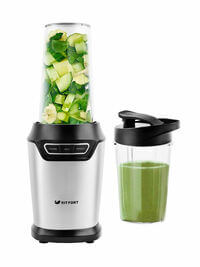
Blender has long been an indispensable assistant of the hostess in the kitchen. To choose the best design, you should first decide on the type of device. When buying a stationary model, the following basic criteria should be considered. The right combination of parameters will allow you to buy a device that fully meets the needs and financial capabilities.
Useful video
In the video you will learn how to choose a quality blender:



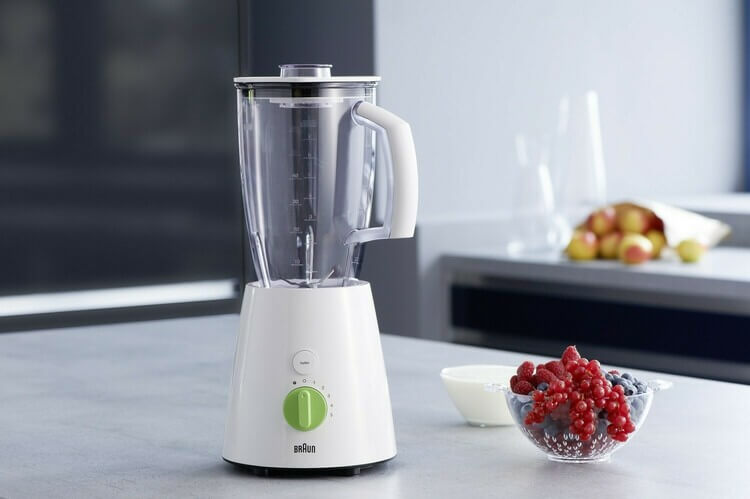
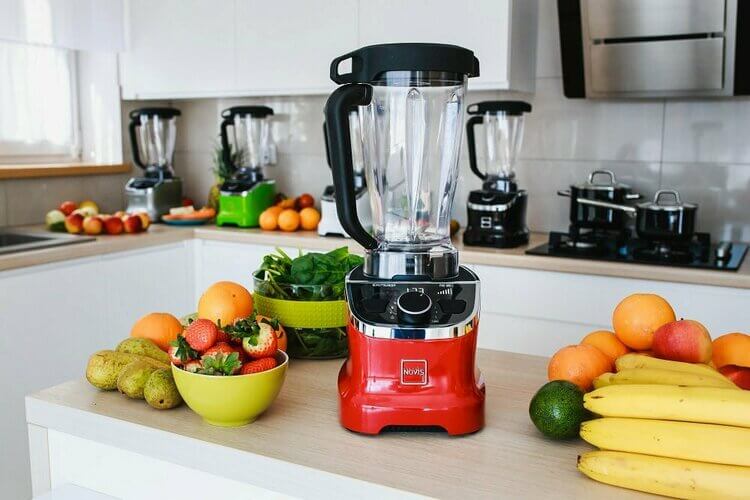
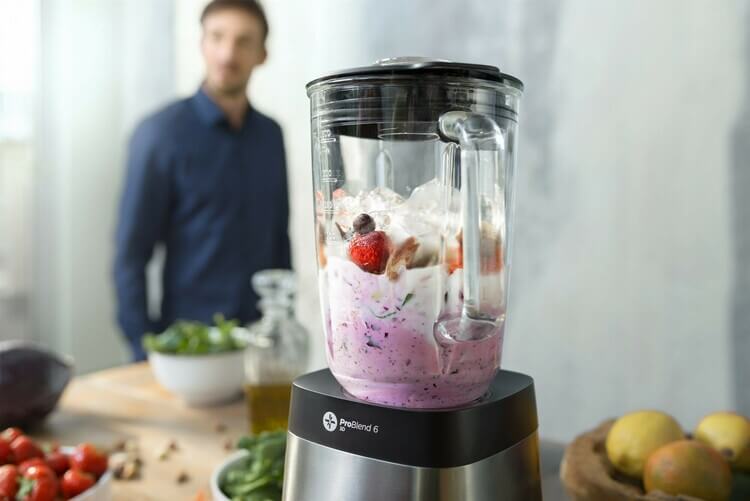
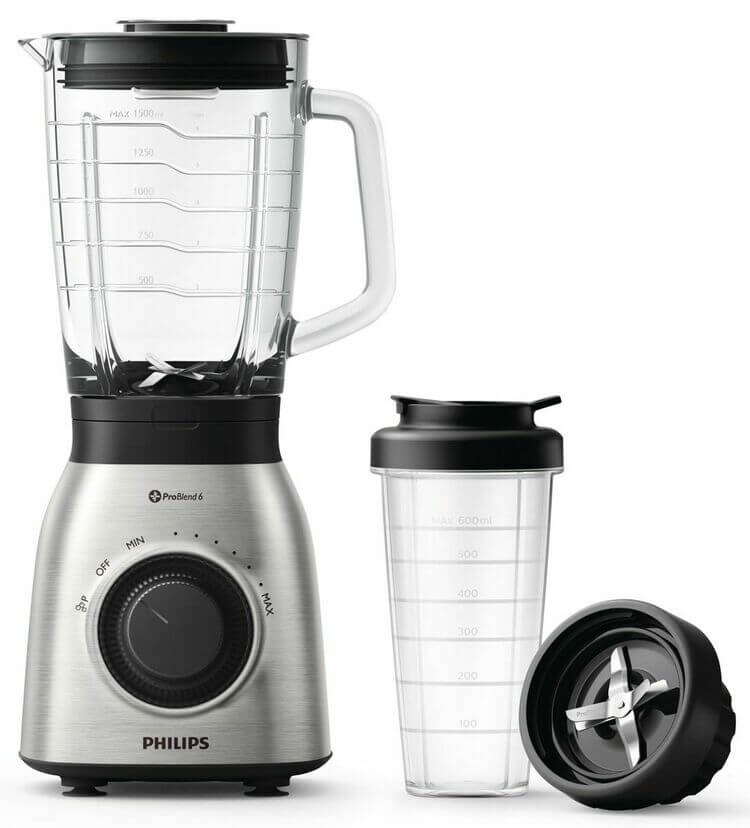
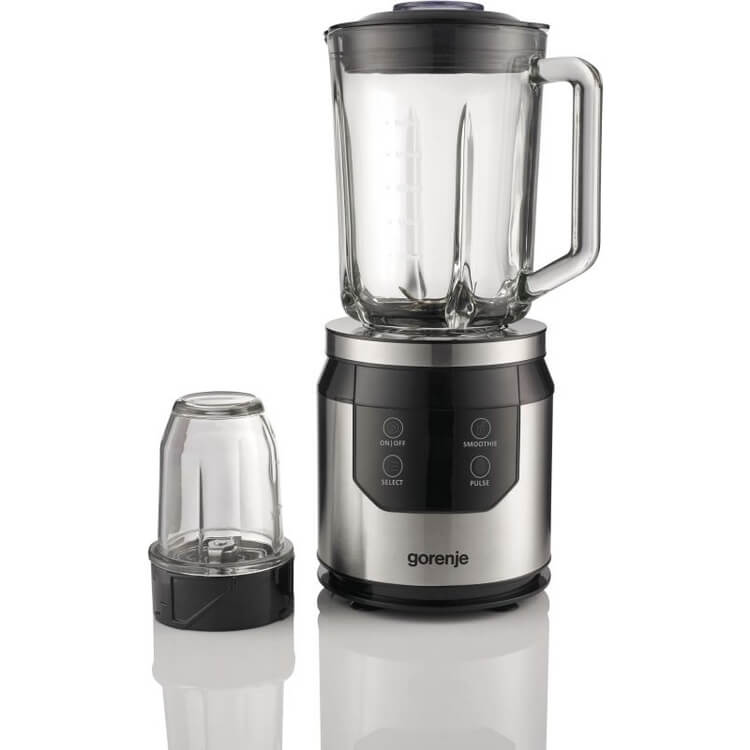
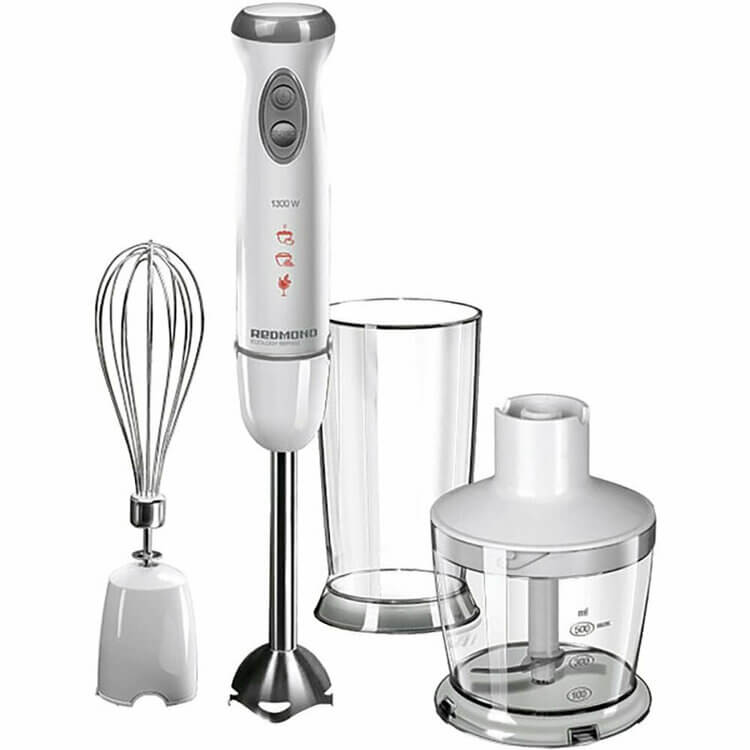
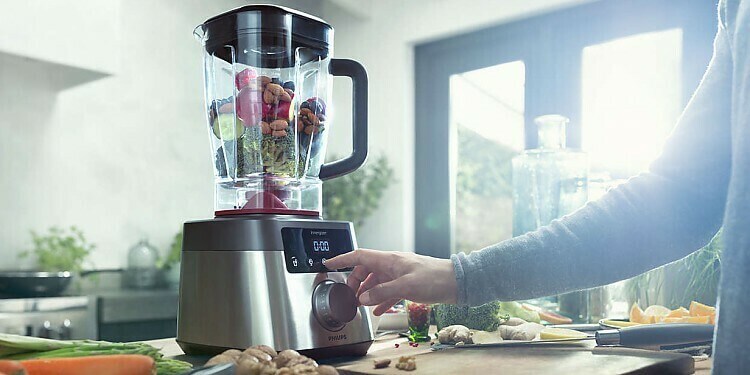
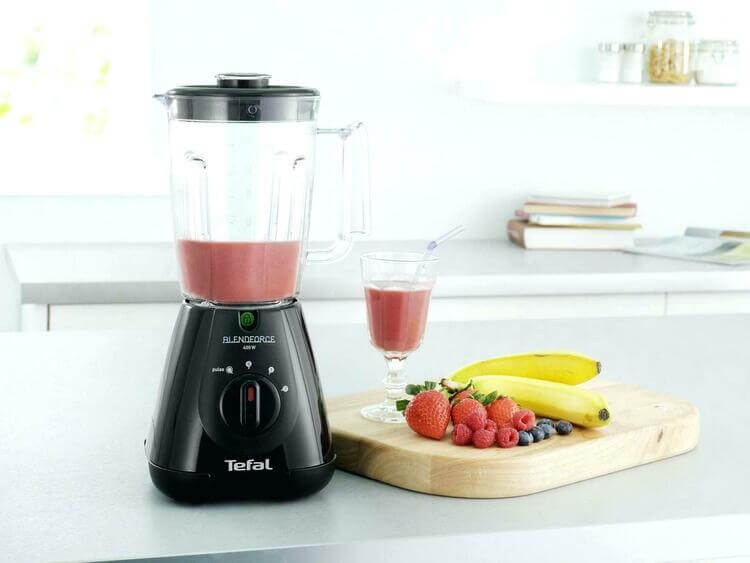
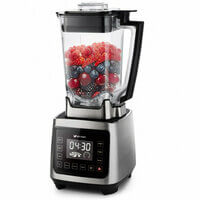
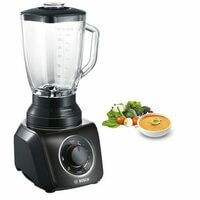
I think the most important thing in a stationary blender is power. I have two professional blenders, both from Rawmid: Dream Vitamin has 2200 watts of power and Dream Classic BDC-03, it has 1500 watts of power. I like the first one better, I don't hesitate to load the hardest foods into it and I know that it can easily handle it. For example, I grind horseradish roots and vegetables in the Vitamin blender, they don't even need to be cut. The Classic sometimes slows down on carrots, which are much softer than horseradish, so I have to add speed.
By the way, I totally agree with Olga. Power is the most important thing in blenders. Who will be pleased after the blender to take out the vegetables and fruits and cut them into smaller pieces, if they are not ground. Or chop the food before loading it. I had that experience with my old blender, don't want it anymore))) Thanks))
I had a blender from Soviet times until recently. How it helped me out. But recently I bought a new modern stationary blender. Immersion blender I already have. But the stationary blender is quite another matter. It has higher power and more functions. I even gave up the grinder and the meat grinder. I am satisfied with the volume of the bowl. Of course the price is decent, but you should not skimp on technology.